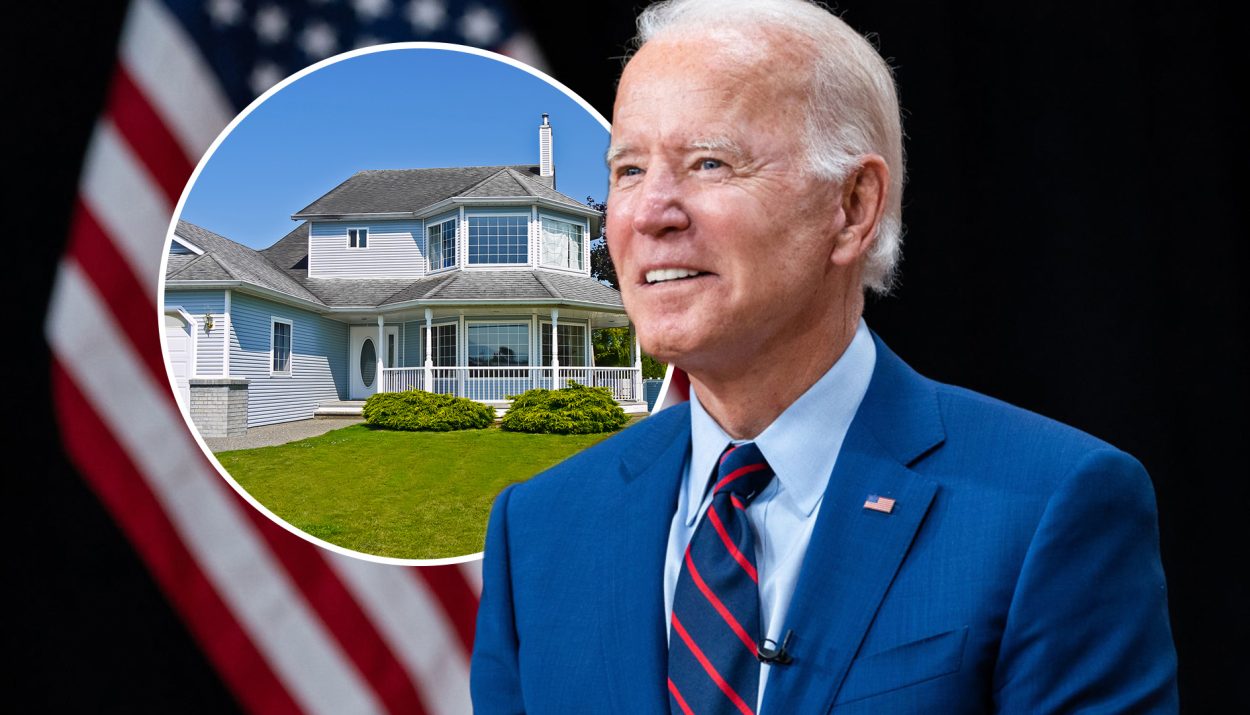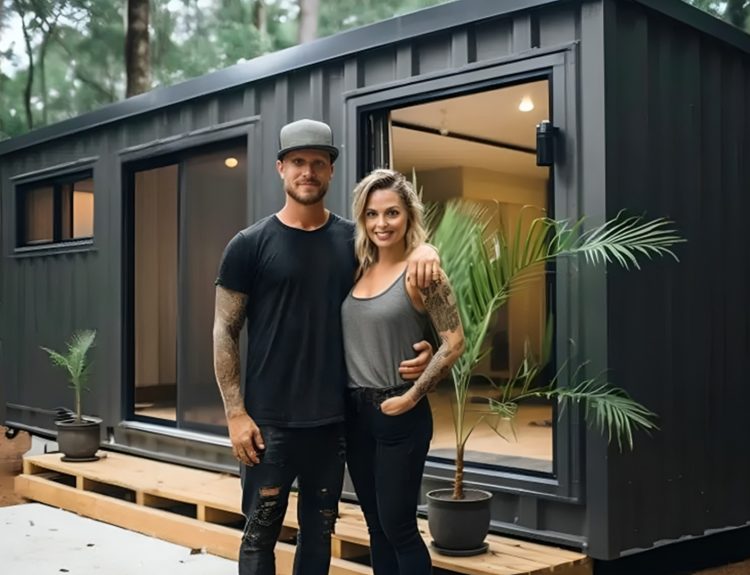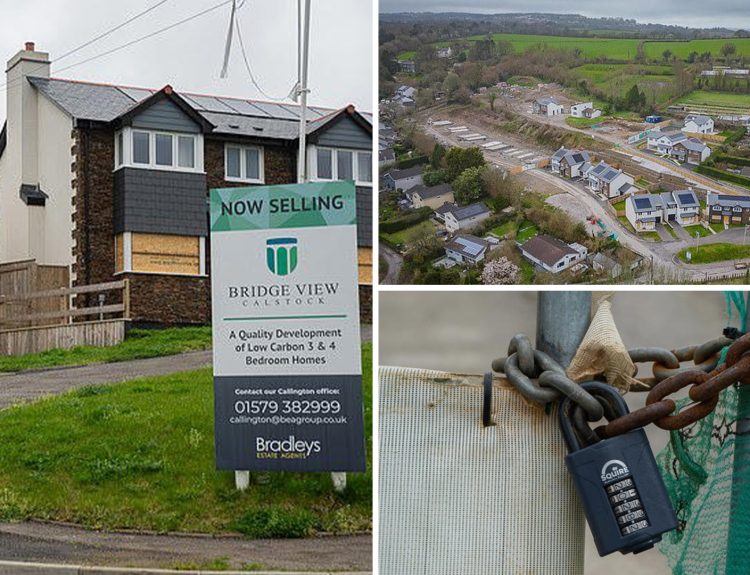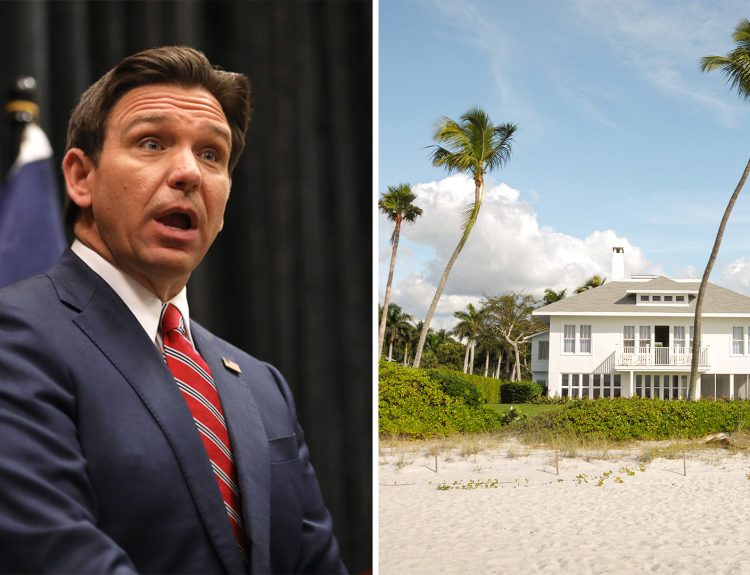The Biden Administration has inherited a problem. The price of housing in the US is outstripping most people’s ability to afford quality housing. One remedy for this is Biden’s plan to build half a million starter homes to increase the available housing on the market, but no one is sure whether this will be enough to fix the crisis. Let’s investigate.
A Bad Year for Housing Numbers
According to records, the last year was the least affordable one for homes in the US. The crash of the housing market after the bubble popped in 2008 saw prices surge, and since then, prices have moved up every year.
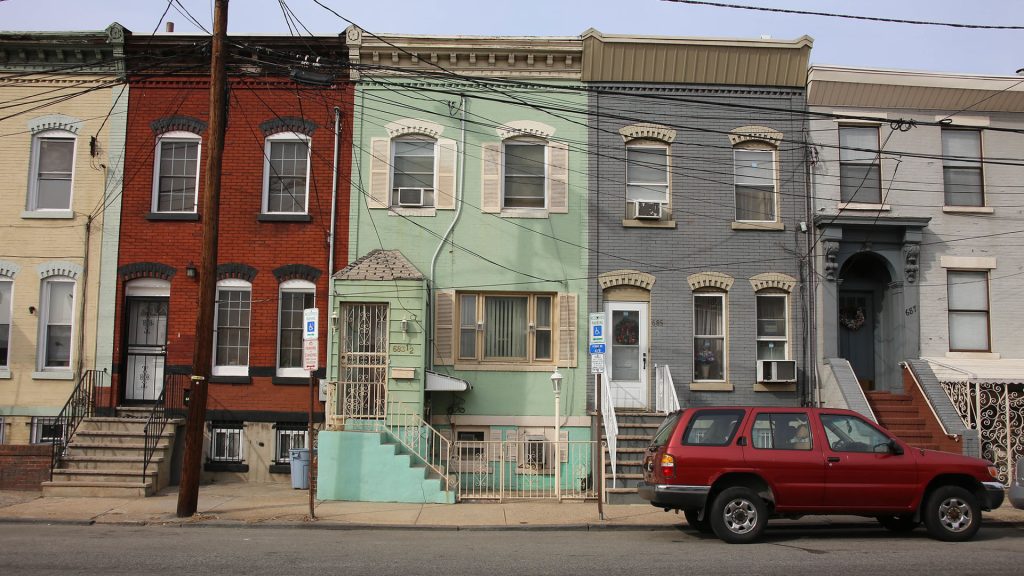
Today, a homeowner would have to spend a whopping 41.4% of their available income on housing costs. Considering most personal finance gurus recommend no more than 30%, this is way over that limit.
Why Is the Market Like This?
Like everything else in the economy, the housing market follows the laws of supply and demand. With more people looking for housing and the number of houses not increasing appreciably, there will be a price increase.

The Biden Administration thinks that increasing the amount of houses will have an impact on the price of individual housing units. Because of this, they’ve pushed to have 500,000 new units of affordable housing constructed.
A Presidential Concern
Housing prices have always been on the government’s radar, but more as an outlier than anything else. However, because of how intense the debate around housing has become, it may form a core debating point in the presidential elections.

Biden’s alertness to this genuine concern of the citizens of the US can be seen in his administration passing several bills to help alleviate the pressure on the market.
The Neighborhood Homes Investment Act At Play
One of the pieces of legislation Biden passed had to do with these new affordable housing schemes being planned and built. The homes would be placed in under-resourced communities, and housing for residents would be provided there.

However, some economists are worried that this is a short-sighted push by the government to build more houses. There is a chance that even half a million new homes may not be able to fix the current housing crisis.
Job Market Is Strong, and Yet…
The US had hit a wall regarding affordability in the market around 2021. Inflation had hit record highs and the prices of everything seemed to be way more expensive than necessary. However, that has changed.

As 2023 rolled around, the job market stabilized, and inflation returned to much healthier levels. Even so, the ability to own a house is way out of reach for most regular Americans who work a nine-to-five job.
Several Reasons for The Crisis
Is the supply-demand gap responsible for the price of housing in the US? The government would like to simplify it like this, but economists point out that there may be several reasons why housing costs are so ridiculous.

Limited housing availability is only one of three potential factors that have negatively affected the availability of housing in the US. The other two may seem obvious, but on further exploration, we see how deeply it goes.
Affordability By Salary
The US median house price in 2023 was a massive $408,806. If we estimate that a person should spend no more than 30% of their income on housing, that means a prospective homeowner needs access to an annual income of at least $108,868.
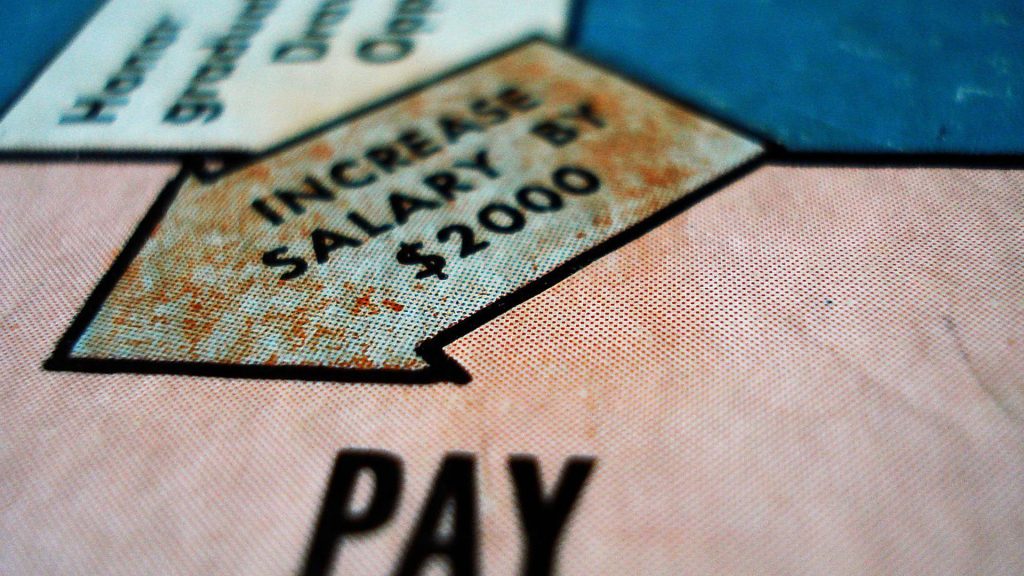
Looking at the salary increases over the last couple of years, it’s clear that income hasn’t kept pace with increasing house prices. In 2023, homeowners had to pay as much as 12.6% more than those who bought homes the previous year. Median income grew by a mere 5.2%.
Mortgage Rates Also Rise
Most Americans can’t buy houses in cash and rely on mortgages to give them that purchasing power. Unfortunately, the mortgage rates also saw a massive increase throughout 2023, making it less affordable to own a home.

In October of 2023, the 30-year mortgage rate hit 8% – the highest it’s been in twenty years. The rates during the pandemic were at a record low of 2.65%, making this increase unbearable for potential homeowners to stomach.
Most Homeowners Are Older
For a long time, first-time homeowners had the government’s support in acquiring their houses. However, even with the support the government gives them, most homeowners are much older, and fewer new homeowners are showing up in the market.

The Housing Vacancies and Homeownership Survey from the Census Bureau found that as little as 38.5% of the homeowning population was younger than 35 years old. These housing policies are likely to benefit those younger homeowners who are struggling to get into the market.
Governmental Response Is Widespread
Aside from the construction of the new affordable homes in neighborhoods that need them, there has also been a push to create legislation that helps younger homeowners with their mortgage payments and the availability of homes.
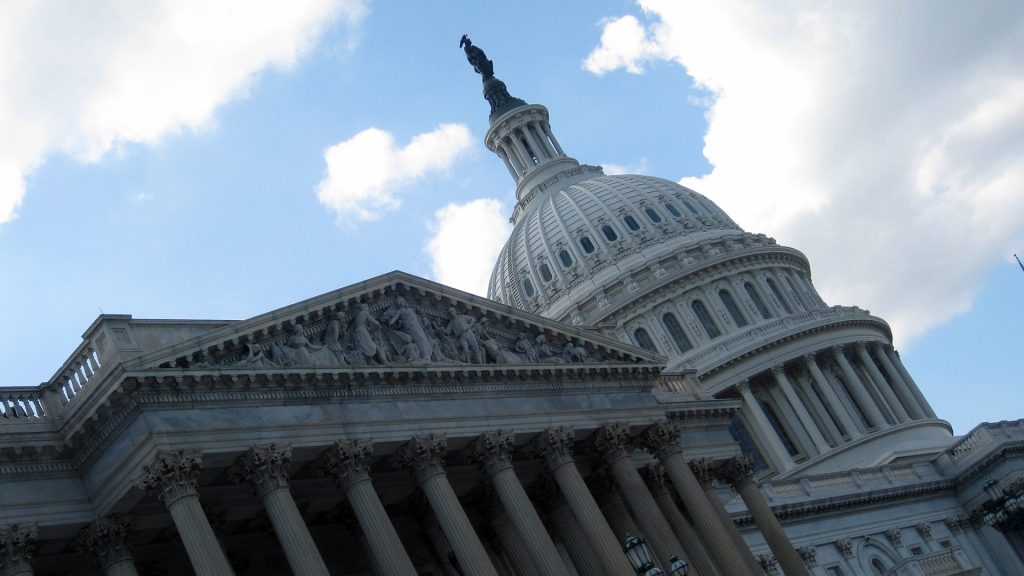
One of the Biden Administration’s top economic advisors, Lee Brainard, lauded the government on its forward-thinking strategies. He reiterated that this should be one of the most critical aspects of the president’s economic agenda.
A Few More Legislative Steps May Help
The Affordable Housing Credit Improvement Act was also passed by the Biden Administration in 2023. It’s a rent-control act that will set the rents in an area at less than 24% of the median income in that area.

Rent control sounds like a good idea but rarely works out in practice. Similar rent control measures have backfired in places like New York City, where the legislation ended up hurting the very people it tried to help.
Housing Supply Action Plan Aims to Remove Barriers
With most of the development in the US being heavily zoned, housing creation has become difficult. This issue is partially why the supply of houses is so low. In addition to building 500,000 new affordable housing constructions, the government has gone one step further.

The Housing Supply Action Plan is another move to increase the availability of houses by making it easier for developers to build. Housing zooming regulations will change to enable more areas for housing construction under this plan.
No Guarantee These Houses Will be Affordable
While this legislation will increase the amount of houses on the market, there’s no telling if these units will bring down the cost of homes overall. The government would like these to be affordable, but they overlook one significant point.
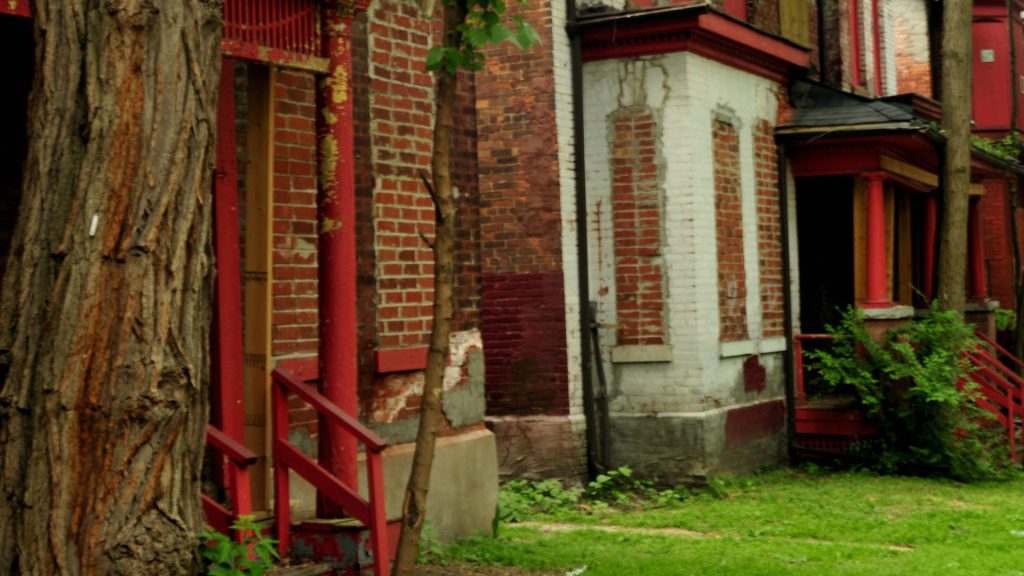
Most developers are for-profit companies who would invest in building new houses because of the income they can earn from them. As such, owning a unit in one of these developments might cost as much as the median home price for the country.
Not a New Problem
As far back as 2022, the housing market was a problem. Builders were still erecting houses, and while the supply chains were only just recovering, many of the builders complained that getting materials was difficult, if not impossible.

Building material costs in the US have also increased significantly, ensuring that even new constructions will be priced along the higher end of the spectrum. The availability of zoned land may not make a difference.
The Housing Crash Was To Blame
According to many builders, the housing crash forever ruined the market and reduced the supply of houses. With so many of them going out of business, skilled workers joined other, more stable industries.

After construction resumed, fewer builders translated into fewer houses being built. Some estimates put the discrepancy between housing supply and demand at around three million units in 2022.
Will the Market Crash Again?
Some people have been talking about a new potential housing market crash, but that seems unfounded. Many economists suggest that this increase in prices is likely a seasonal response to demand, and the price may topple but not to its previously low levels.

This might be good news to property investors, but it’s not a good outlook for those trying to afford housing in this economy. The market isn’t likely to crash, and for those who can afford houses, that’s a good thing.
Type of Housing Matters
Since most property developers want to maximize their earnings on a parcel, they might opt to build a few detached or semi-detached units. These would work well for rentals but aren’t so great for potential buyers to invest in.

Most first-time homeowners are more likely to afford attached townhouses. Unfortunately, zoning laws that allow for construction may also limit these types of buildings. The question is whether these zoning changes are for the benefit of the developers or the buyers.
What’s the Chances of Fixing the Housing Crisis
The crisis is a huge issue because it’s tough to fix. Legislation can go a long way towards helping the problem, but there are always unexpected consequences for the government’s actions. Additionally, some of those measures might cause more problems than they fix.

How does a fix for the housing market look with this change in legislation, then? While it’s likely to bring about some relief for some regions of the country, other areas may remain unchanged. High-demand areas like New York City or Los Angeles will continue to face problems with supply.

